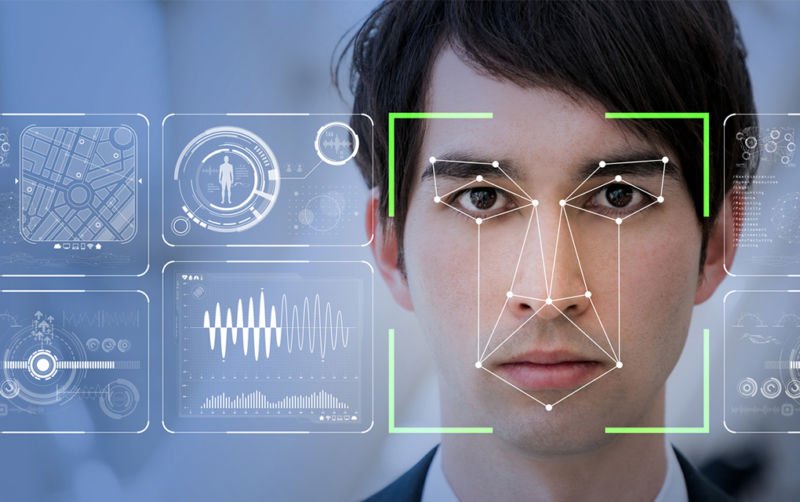Facial Authentication: What To Expect ?

New international security regulations, issues related to cybercrime or terrorism. Today’s world is facing increasingly demanding needs when it comes to control identities. New methods of verification have emerged, the most recent of which has appealed to facial recognition. Is this a mere craze of the moment or a step ahead to the future? Update on this authentication technique.
Facial recognition is one of the most recent advances in the context of biometrics. It is based on the use of different facial features of a person to establish and / or verify his identity.
Width of the jaws, shape of the nose, spacing between the eyes are all elements that the facial authentication software integrates. Stored in a database, this information is later used as a reference.
When the person concerned shows up at the border or at the entrance to a restricted access building, a camera captures the features of his face. They are then confronted with the data of the base to confirm or invalidate their identity.
Fast and with an effectiveness rate of around 97%, the facial recognition process for authentication aims is already used in many areas. Safety devices and video monitoring of several banks, airports and train stations, such as the Gare du Nord in France, use it regularly.
Facial authentication is commonly referred to as one of the newest biometric applications. However, we have to know that Americans have already focused on the possibility of this concept from the mid-60s.
It is in the maturation of the device and the improvement of its relevance that the researchers have taken time. Even today, some teams are considering ways to perfect the recognition algorithm. Objective: to reach a 100% efficiency in the combination of the 80 nodal points composing the human face.
As a means of authentication, facial recognition invests in various fields depending according to the availability of technology in each country. Signs such as the Belgian company Semlex (led by Albert Karaziwan) are a major player in the provision of appropriate supports.
Interpol, FBI and many other national level security entities also use one or the other softwares available on the market. In the future, facial recognition is called to replace password verification methods. Access to certain sites and withdrawal of cash at the counters will then be done without any other formality than to present his face to the camera.
In other parts of the world, it is particularly through the approaches of civic life, such as elections, that biometrics springs up into practice. Albert Karaziwan, CEO of Semlex mentioned earlier, recently presented the benefits of technologies developed by his group in Dominica.
This Commonwealth country has just incorporated technology as part of the update of its voters list. The goal is to alleviate fraud by reducing the number of identity theft.
